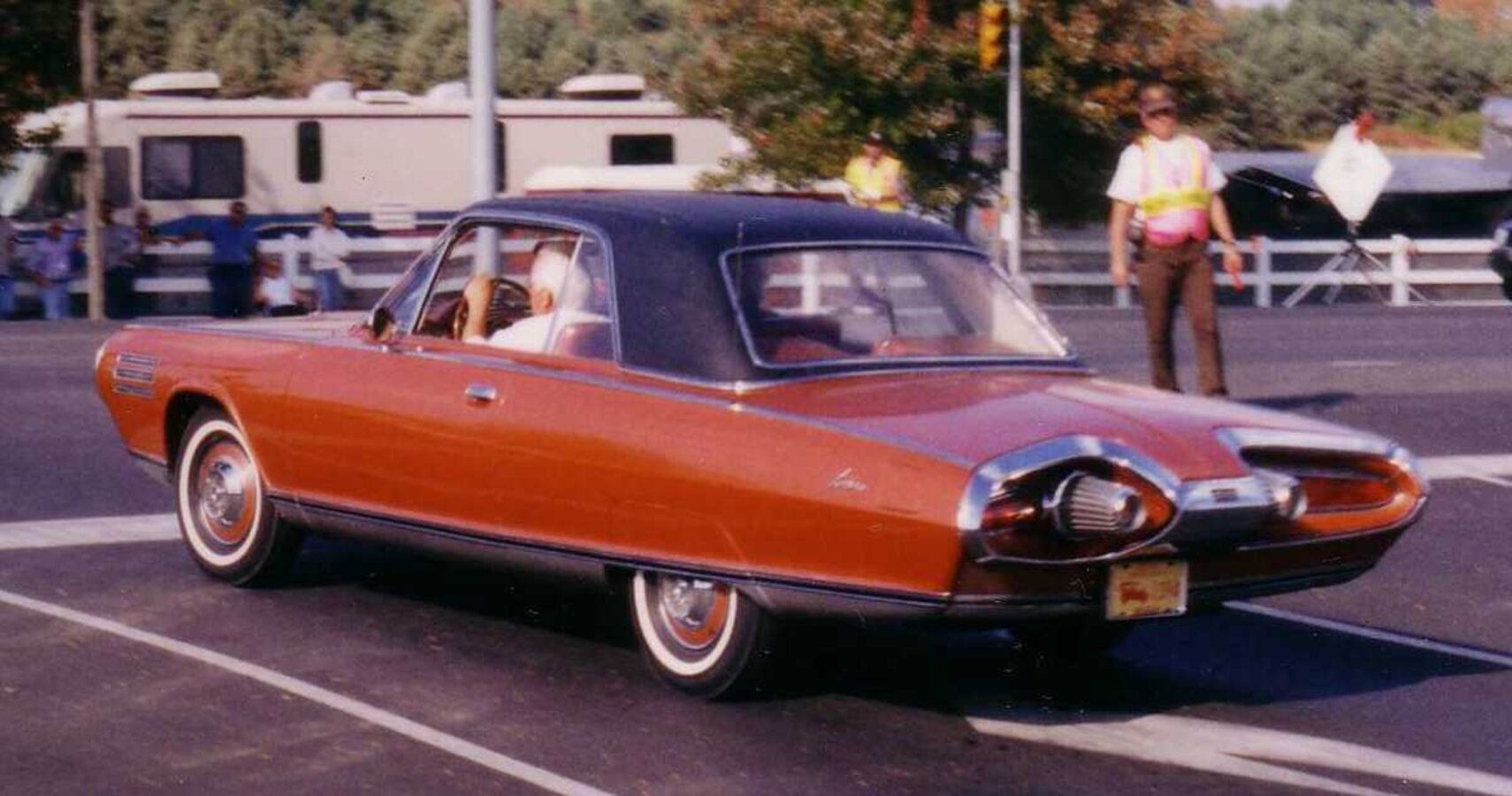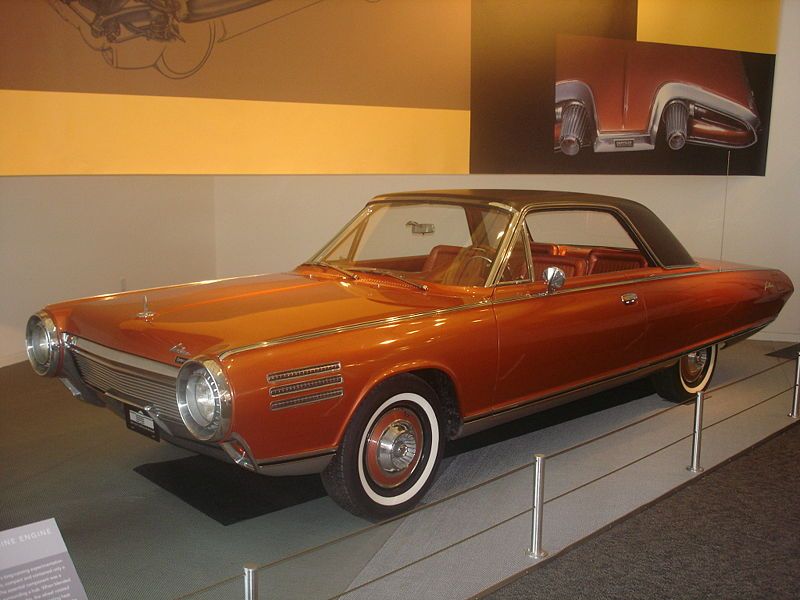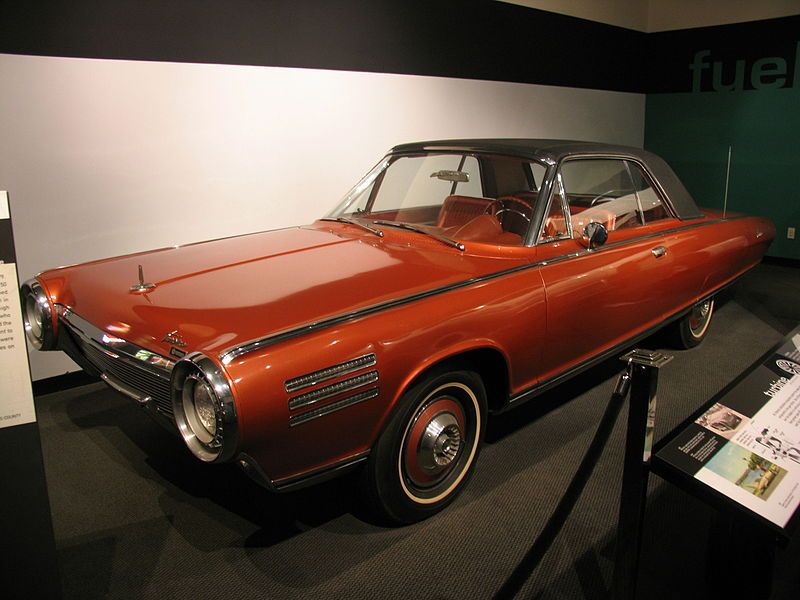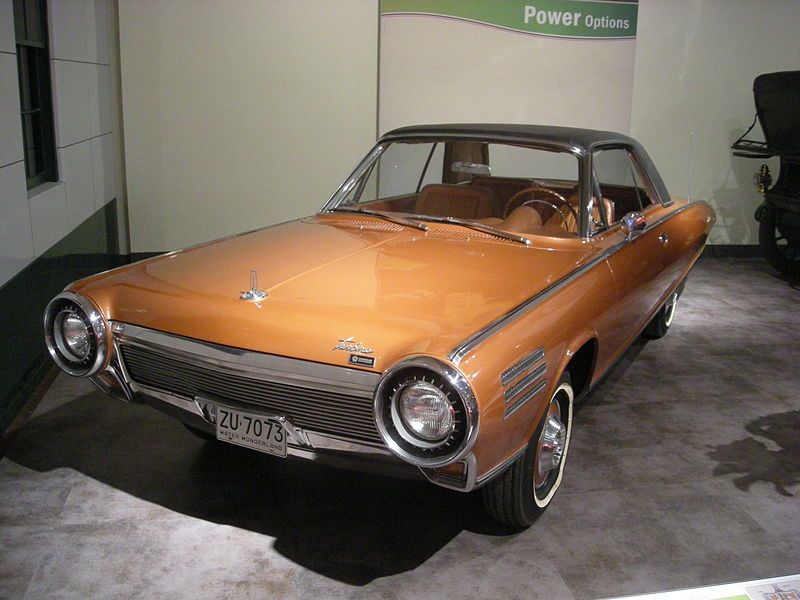Classic cars are special. We all love getting our hands on a beaut from the golden era, don't we? Classic cars are renowned for different reasons. Some are rarer, compared to others, while some hold the distinction of raking in plenty of moolah. However, there are some classic cars that redefined an era apart from being a success during their heydays.
One such classic is the Chrysler Turbine Car, which changed the landscape of automobiles in the 1960s and left behind an unrivaled legacy for years to come. Powered by a turbine engine, the Chrysler Turbine Car was produced by Chrysler from 1963 to 1964. Assembled in Detroit, its body was manufactured by an Italian design studio, Ghia.
Planning to buy a Chrysler Turbine Car? Let's find out how much is it worth today. Here's everything you need to know about this classic.
Development
Back in the day when conventional piston engines were at the heart of almost all cars around the globe, Chrysler studios collaborated with Elwood Engel to produce a unique car with a turbine engine. Simply called the "Chrysler Turbine", this classic was produced between 1963 and 1964. Built with a rather smooth body, designed by Italian design studio "Ghia", the Turbine was assembled by Chrysler at Detroit. The idea behind the Turbine initiated in the 1930s with Chrysler's turbine engine program. The program created several demonstration cars enabled to complete long-distance trips on turbine engines in the 1950s and 1960s.
The Chrysler Turbine Car's A-831 engines were specifically aimed at economizing driving experience. The engine was built to operate on several fuels, last longer than the conventional piston engine, and cost very less on maintenance. Apart from diesel-fuel, unleaded gasoline, kerosene, and JP-4 jet fuel, Chrysler claimed this engine was able to burn even the most unusual of fuels – everything from peanut or soya bean oil, and even perfume.
The classic Turbine was so unique that Chrysler only ever produced 55 of them. Only 5 of them were prototypes, while 50 limited edition Chrysler Turbines were built for a public user program. After more than 1mn miles of testing the cars, the results showed several flaws that needed work and several inspiring advantages too. A key improvement on the way forward was installing a regenerator to resolve the heat exchange issue, working on the complicated starting procedure, and upgrading the relatively average acceleration. Eventually, Chrysler decided to take back all the cars and destroyed them, while only letting 9 cars survive. Two of these cars were kept by Chrysler, while two are in the hands of private collectors, and the remaining five are displayed at various museums in the US.
Design and Key Features
The Turbine belonged to a class of concept cars that stood for something unique. The 2-door coupe was powered by a TorqueFlite 3-speed transmission. It was 201.6 inches in length and 72.9 inches in width. With a curb weight of 1793 kgs, the car was surprisingly lighter than it looked. It had a unique look to it, thanks to its beautiful wheels and a very well designed grille that matched the root beer color combination known as "turbine bronze" perfectly. The production cost for an individual car was estimated to be around $50,000, which amounts to over $450,000 today, after adjusting inflation. The body of the car itself was produced for an estimated $20,000 back in the day.
The brain behind this beauty, Elwood Engel, was previously an employee with Ford Motor Company before he directed the design of the Turbine classic at the Chrysler Studios. The classic car was very similar to Engle's design of the Ford Thunderbird, and hence, it earned the popular title of the "Englebird". Italian design studio, Ghia, had already built a number of concept cars for Chrysler before they built the Turbine. The most notable cars that Ghia worked on, were the Imperial Limousine and Norseman. Chrysler Turbine bodies were shipped by Ghia from Italy to Detroit for final assembly. Like we mentioned earlier, about 50 identical cars were produced between October 1963 and October 1964. All these cars came with air-over-oil power brakes and power steering. Each front wheel had a coil spring (independent suspension) to eschew Chrysler’s front longitudinal torsion bar system. The head, tail, and backup lights were all mounted in chrome bezels. The central console interior design boasts leather upholstery and brushed aluminum accents. The style quotient of the Turbine is not just limited to its interiors. The classic stands out with exquisite exteriors that boast an eye-catching black vinyl hardtop roof and whitewall tires.
Legacy
45 Chrysler Turbine Cars were burned down and crushed at a scrap yard to the South of Detroit, while the others were destroyed at Chrysler's proving grounds at Chelsea. It is rumored that they were burned off to avoid significant tariffs on imported Ghia bodies. Even in a farrago of events, the company managed to make this car a unique, extremely limited edition gem for car lovers.
A book, titled, "Chrysler’s Turbine Car: The Rise and Fall of Detroit's Coolest Creation" is up for grabs on Amazon. Written by Steve Lehto, with a foreword from Jay Leno, the book speaks all about this unique turbine-monster built on wheels. The two private collectors who acquired the Turbine classics regard the car as priceless. One of them is Frank Kleptz, from Fort Wayne, Indiana while the other is owned by comedian and TV host, Jay Leno, who fore-worded Lehto’s book. Both the cars are priceless gems today, and remain forces to reckon with, given their legacy.




